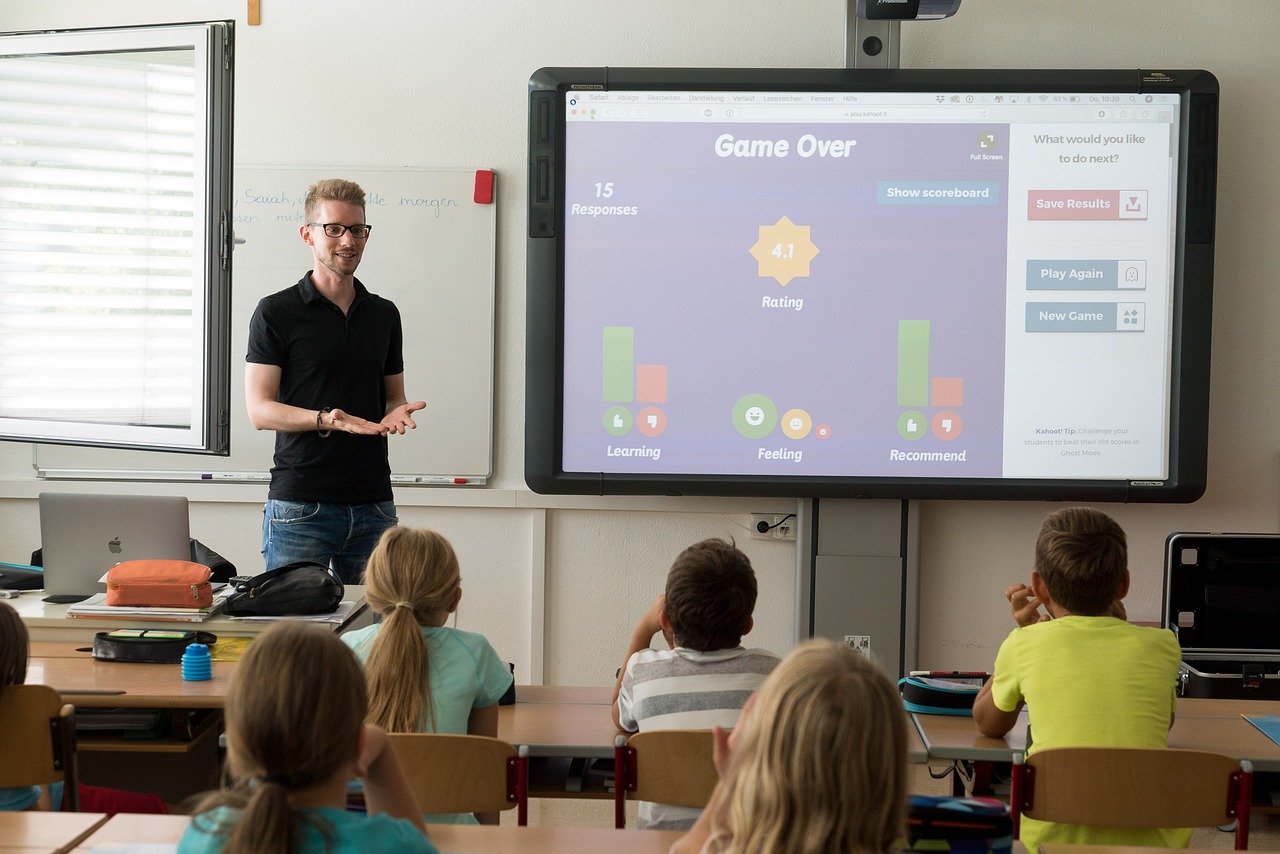What Do Grades Reveal About Learner Capacity?

I recall my teachers associating letter grades with intelligence and potential achievement when I was in elementary school. This always perplexed me because I knew it wasn’t always the case. Many of the students who obtained good marks did have high IQs, but many did not. Because of how instructors weighted various tasks, it was possible to obtain an A merely by participating in class, turning in homework, completing classwork, and performing relatively well on exams. This raises the issue, “What can grades tell us about learner capacity?” That is what we shall cover in this post.
Let’s get started.
Grades may not be the best indicator of a person’s learning capacity or aptitude based on what we know about how individuals learn. Studies have shown that when many of us obtain letter grades or percentage scores, we lose our intrinsic motivation for studying and education becomes an obligation rather than a joy.
Should we lay more focus on grades or on the process of learning itself? If this is the case, educators should not be surprised if students enroll in easier classes to raise their cumulative GPAs rather than ones that are of personal interest to them and will push them intellectually. And we shouldn’t be surprised if primary school teachers spend the majority of their time teaching math and reading because we know that literacy and numeracy are linked to a teacher’s job security.
When parents feel that grades and intelligence are synonymous
When parents link grades with learning capacity and aptitude, they may begin to assume that their child is significantly more or significantly less brilliant than they are. When grades and learning capacity do not correspond, it might result in some unpleasant circumstances. Here’s an example: In my class, there was a young lady who was an exceptional learner; probably a model learner. Her achievement, however, was due to her perseverance and resilience. Her learning capacity and aptitude were ordinary, but her determination more than compensated.
Her mother approached me one day and asked if I would suggest that her daughter be checked for giftedness. I politely and compassionately declined her request, explaining that, while her daughter was an excellent learner, I did not believe she matched the standards for gifted education. Of course, she was disappointed, but I had to keep to my professional judgment. She eventually got another instructor to do her bidding, and the child was tested.
She did not match the standards and was therefore refused admission to our school district’s gifted program. The mother and daughter were devastated, and I ultimately received an apology from the mother for how she reacted to my perceived affront. This is one of those instances when you wish you could go back in time and change your mind. You can’t criticize a parent for wanting their child to have the best education possible, therefore it was all water under the bridge. Now that I am a mom, I appreciate her first zeal to protect her child’s intellectual capacity. I’m sure I’d do the same for my son Matthias.
This story was given to demonstrate what occurs when parents and teachers connect grades with intellectual aptitude. On the other end of the range, I have stories about C-level students who were referred to gifted education. Despite their average grades, they possessed “wonderful minds” that needed to be challenged to function at their best.
Finally, some final ideas
Grades are highly significant when it comes to assisting students in mastering the content being taught. They indicate how successfully a learner is going toward a benchmark and notify us when they have mastered that benchmark. They cannot, however, provide us with definitive information regarding learner ability or potential. Because there are so many ways to manipulate the grading system. Furthermore, some students have the capacity and aptitude but are not fully involved in the educational process. Thus, their grades create the impression that they are below-average students, although they are not. The learner’s capacity and aptitude are high in these cases, but their effort and involvement are poor.






